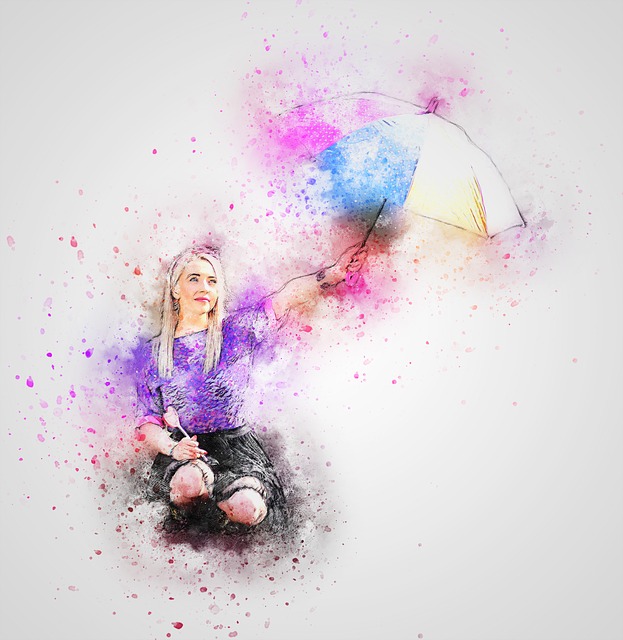
Address-collecting sites, or 주소모음사이트 in Korean, have grown beyond shortcut libraries for quick-clipping web links; they’re shaping a fresh kind of creative common ground online. Intended to corral popular URLs, they have quietly evolved into galleries of communal memory, and their neat, boxy arrangements are now magnetic for painters, coders, and makers of all sorts.
Digital Space Beckons Original Thinking
These sites operate like miniature, invisible cities. Links dangle as bridges between towers of red and blue boxes; menus sway like banners hanging between busy subway stops; we roam, scrolling as if taking a stroll down a neon-lit alley.
Because this playground of hyperlinks mimics the choreography of brick-and-mortar design, contemporary artists are treating it as a fresh canvas, the kind of blueprint architects dream of after too many coffees. The walls are hypertext, and the sky is a load bar.
Grids, sidebars, and rainbow-colored category buttons appear on subway-poster campaigns and sculptural treasure maps. Animators siphon the same perplexing rhythm of hyperlinks to churn out rhythm loops that clang, like the notifications we swipe away.
Through repeated clicks and pauses, patterns of obsession and cravings for order become evident. The artist’s sketch orders shadow and ridicule the same flexed thumb that craves it, coaxing order, chaos, and all the tenderness between them to march on a digital boulevard in a softer set of shoes, shoes like links we collect and never stop collecting, ad infinitum.
Online Habits Turned Into Cultural Artifacts
Websites where we collect addresses are becoming quiet time capsules of social memory. Researchers watch how people click, play, and scroll, learning not just data points but traces of a whole generation’s changing tastes. Artists feel this heartbeat, too. For them, the sites are not just practical stops but living diaries, recording how culture shifts each day in Korea’s digital age.
In Seoul, a group of recent exhibitions shows moving visualizations of these online directories. What sounds boring at first—rows of links and thumbnails—shimmers when projected onto gallery walls. Suddenly, the everyday becomes art. Viewers gasp at the emotional heaviness: the pixelated droplets of nostalgia we didn’t know we carried for the dial-up days, blended with flickers of tomorrow’s screen.
ALSO READ: 8 Creative Approaches That Make Surrey Appliance Service Pros Masters of Their Craft
Collaboration Between Tech and Art
The trend deepens with partnerships between major Korean tech firms and imaginative creators. Early on, major Korean tech firms pull in artists to redesign browsing forms as playful installations or weave digital shows inside mobile apps. These germs of ideas evolve, collapsing the old boundary between tool and picture frame.
A map to a smartphone repair shop becomes a watercolor space as we swipe. Referring to an address as a utility connects with culture, reminding us that the everyday elements of the web often convey the most significant stories about our identity.
When designers see every website as a piece of art, the everyday web suddenly feels alive and full of fresh moments. Balancing shiny code and confident brush strokes, these pages show us how the inventive heart of Korea keeps beating and keeps changing.
Changing Our View of the Daily Web
Korean sites that gather addresses show that galleries don’t need four walls. Artists who weave extra splashes of creativity into boxes, sliders, and lists tell us that lists and numbers can shine if we know how to look. Instead of scattering beauty across canvas, they pour it into the routines of searching, clicking, and typing.
As the web keeps growing a new layer every month, the stories it sparks will morph street corners into giant illustrations filled with memory.
